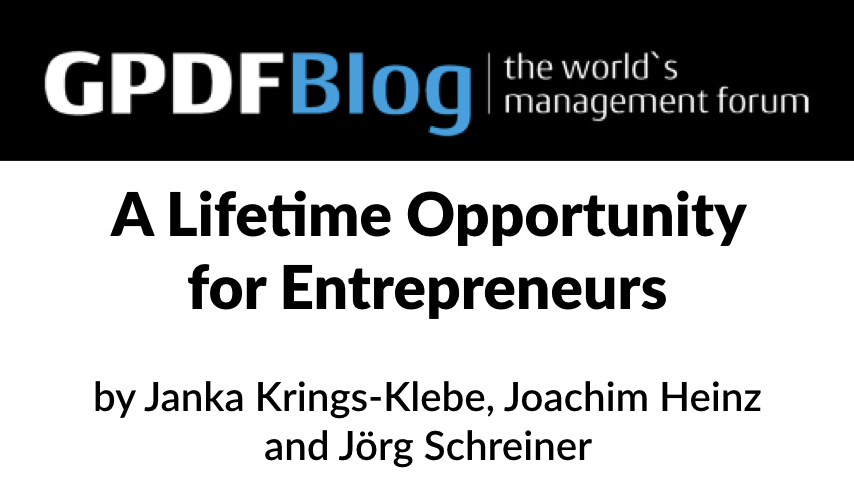The Quest for Organizational Agility in a Dynamic World
Companies in all markets begin to feel the pressures of a dynamic world. Many respond by trying to become more “agile” – a mix of increased speed, flexibility and more product innovation. They then regularly report progress: How they act faster, how their products are better, how they have become “agile” in their operations. Whenever I see those kind of reports, I always ask myself: Is the progress this company made really sufficient to deal with its future market? What if this market stopped developing in the expected way? What if their customers developed a taste for a different product or service? How fast would this company be able to pivot their business model, their operations, their capabilities? Would it be fast enough to secure their position in the market?
The reality is that most companies need an awful lot of time to do this shift – years or even decades. It is way slower than the dynamic of todays markets demand. This dynamic sometimes can be measured in months, weeks and days. And I expect this to become the norm across all sectors of business: An age of hyper-dynamic markets awaits. In this age, businesses need the ability to operate on a fundamentally higher level of dynamic. It means much more than speed and efficiency. In addition, it means to be able to
- flexibly scale any kind of operation and opportunity
- adapt operations to different business contexts and opportunities
- quickly connect operations with opportunities in any market
A company with those skills could pursue many kind of opportunities, and do it nearly at the same time than these opportunities show up. It could scale operations up and down in synchronicity with the changing demand in markets. It would not necessarily have to protect their most valuable operation at the expense of more promising opportunities. A company with those skills would not need to fear the dynamic of future markets. It would profit from high dynamic.
In order to achieve those essential business skills for dynamic markets, it would need to get rid of everything holding back the development of the skills for dynamic markets. Specifically from organizational structures and practices of management that were designed for a different age. An age were stability and predictability was more important than the ability to change and adapt. Companies need to leave the old structures behind in favor of much more flexible and entrepreneurial business systems. How do such business systems look like? How to transform existing organizational structures into ones needed for highly dynamic markets?

If such questions bother you, then you have come to the right place. We have collected deep insights and comprehensive answers in our book FUTURE LEGENDS – Business in Hyper-Dynamic Markets.
We will continue to elaborate on it here in a series of articles.
Blog image: pexels.com











